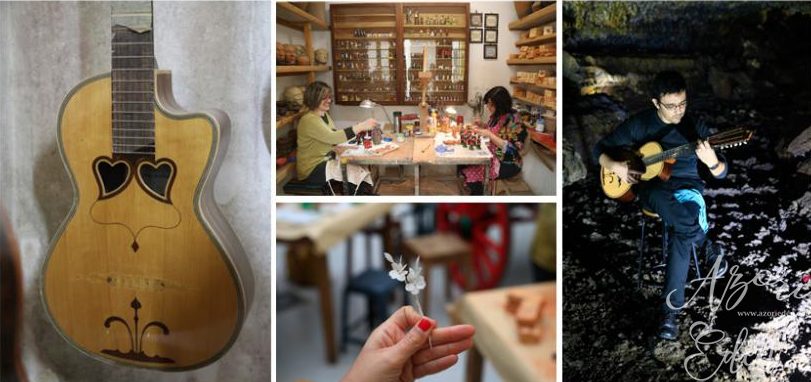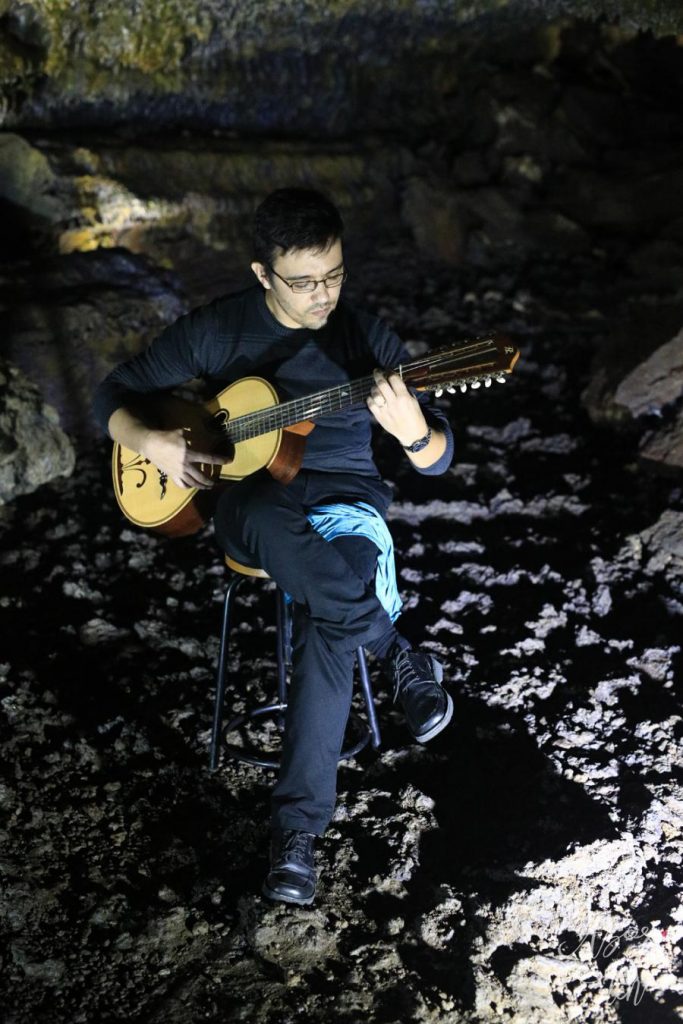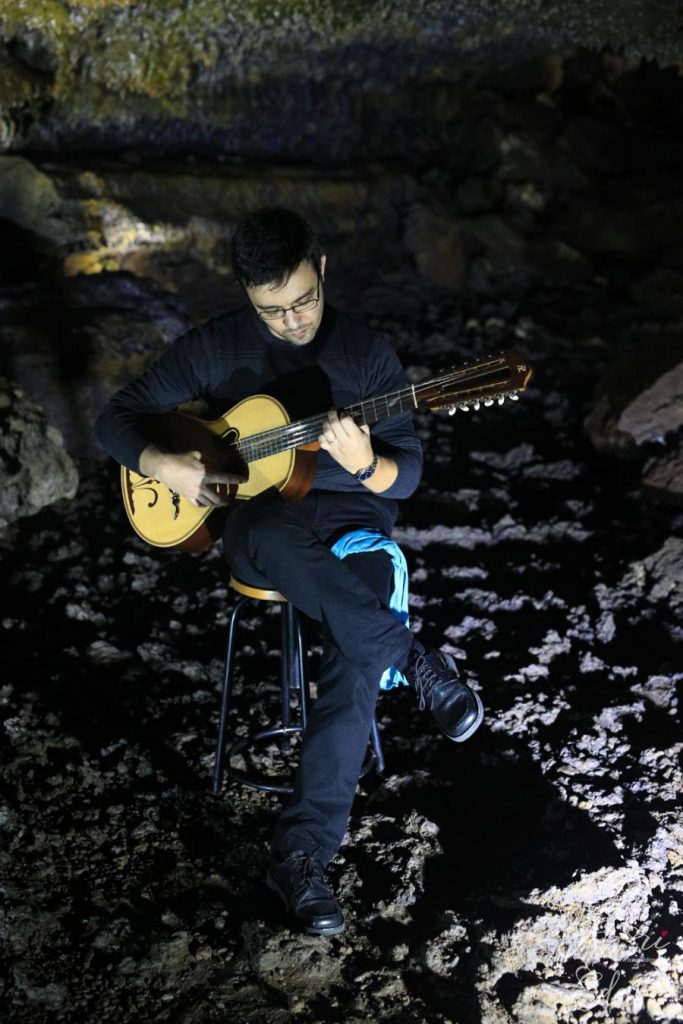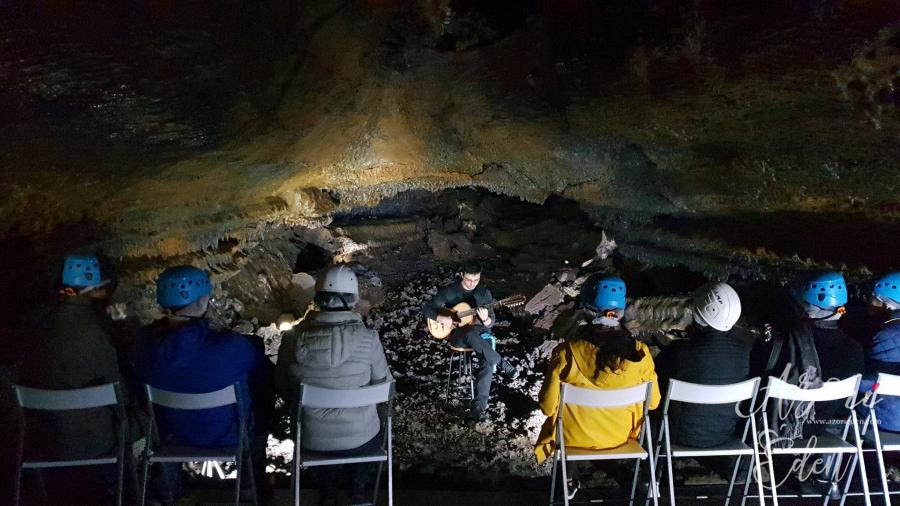Event recommendation – Fantastic handicraft one day event on Sao Miguel island
In the days leading up to Advent my friend and I happened to find an advertisement for PRENDA – Handicraft Festival of the Azores, organised by Centro Regional de Apoio ao Artesanato (Regional Centre for Handicrafts). The registration for the event proved to be somewhat tricky, but apart from that everything was fantastic. We were probably not alone thinking that a handicraft event that starts at 9am and finishes at 7pm might be a tad too long – but once you finish reading this article you will know how much we enjoyed it and how fast time went by and that we were sorry that the event came to an end, after all.
We all met up in the morning in Ponta Delgada at an easily accessible, central location. There were not too many attendants – like I mentioned before, I think some people might have been scared off due to the length of the event. But thankfully, despite the low turnout, the organizers decided not to cancel the event. So this is how we ended up spending an entire day with the artists of the PRENDA Handicraft Festival.
Viola da Terra Manufacture
Our first stop was in Riberia Grande, at a guitar maker family’s manufacture. I have learned so much, and I also did research the topic a little bit and would like to share it with you now.
Western-Europe’s 2 main “guitar countries” are Spain and Portugal (including the Azores). The most widespread Spanish guitar types are: Flamenco, Guitarrico, Bandurria, and Laud, while the Portuguese guitar is called a Viola. Of course in big orchestras guitarists play on classical guitars most of the time. The traditional Violas almost became “extinct” but in the last few years they have a gaining popularity and thus luthiers across Portugal started producing them again. Violas come with all sort of decorations, but they can also differ in terms of their shape, the shape of their soundhole, or even the shape of the head. An important characteristic of Portuguese guitars is that edge of the guitar – where the sound board meets the ribs – is not reinforced, and with the decorative lines being further inside the sound board the edges are more fragile.
Portugal is truly a guitar Paradise: I have read about Viola da Fado (a steel string guitar used for playing Fado music), Viola Braguesa, Viola Amarantina, Viola Toeira, Viola Beiroa, Viola Campamica, and about the Cavaquinho (which was first made on Madeira, and is the grandfather of the Hawaiian Ukulele).
The traditional guitar used on Sao Miguel is called Viola da Terra, and it is somewhat smaller than a classical guitar. The sound hole is shaped like two hearts, and it has a whooping 15 strings – as opposed to the 6 strings of the classical guitar. The native guitar of Terceira island – Viola da Terceira – has a round shaped sound hole.
The Portuguese Mandolin – the Bandolin – is also very popular on the Azores.
Hugo Raposo and his father, Dinis Raposo have been creating all sorts of guitars – ranging from classical guitars to the Azorean Violas – in their manufacture for 15 years.












Source: http://www.atlasofpluckedinstruments.com/
Oficina Museu das Capelas
The next stop was the Oficina Museu das Capelas museum which features a huge collection of artifacts ranging from old plastic dolls to ancient ships and machines used for different trades in the old times. The museum itself is very unique: inside the museum building there are smaller cottages, and one of them is a post office, the other one is store, the third a weaver workshop etc. In some of these cottages people are working today using traditional techniques. Like I mentioned before creating and installing a Nativity scene is a long time and very important Azorean tradition. But the little hand painted clay figurines – which can be seen in every Presépió – are in demand all year around, so their production is not limited to the Christmas period. Also the weavers are making carpets all year round. I had the privilege to become a weaver and to practice on a small loom. In the afternoon we could try creating and painting our own small clay figurines, and someone even explained how to create fish scale flowers – a very typical Azorean decoration and souvenir. First we thought 3 hours might be a bit too long to create these handicrafts, but we would have been happy to stay once session was over. Hereby we would like to thank the participating artists for their help, especially Ana and Ines! Thank you, you have been amazing. Take a look at all the things we made. Probably the best souvenir ever: a self-made Azorean gift
































Mini Guitar Concert at the Gruta Do Carvão Lava Caves
Next up was the most exciting part of our one day trip: the surprise! Our bus stopped outside the Gruta do Carva lava caves. I was already very excited, since I always wanted to see the lava caves. But the surprise was not only visiting the caves, but on our way up we were greeted with the sounds of beautiful guitar music. The organizers asked a local guitarist – Rafael Carvalho – to play a few melodies on Viola da Terra, the very instrument we found out so much about that morning. It’s been unbelievable. Unfortunately making a video was not an option, but please take a look at the photos.
As a summary: it has been a fantastic day from beginning to end.
Photo credits: Eden Azores, Centro Regional de Apoio ao Artesanato
Thank you, dear organizers for the event and of course many thanks for my friend who joined me. The Regional Centre for Handicrafts is planning to organize more PRENDA events in the future. I can absolutely recommend it. If you have any questions, or would like to join the next PRENDA event please contact me, and I will be in touch when I have more information.
For the latest news follow us on the Eden Azores Facebook page. For more inspiration and beautiful photos check out the Edenazores Instagram, and for comprehensive posts of course the www.edenazores.com blog.



